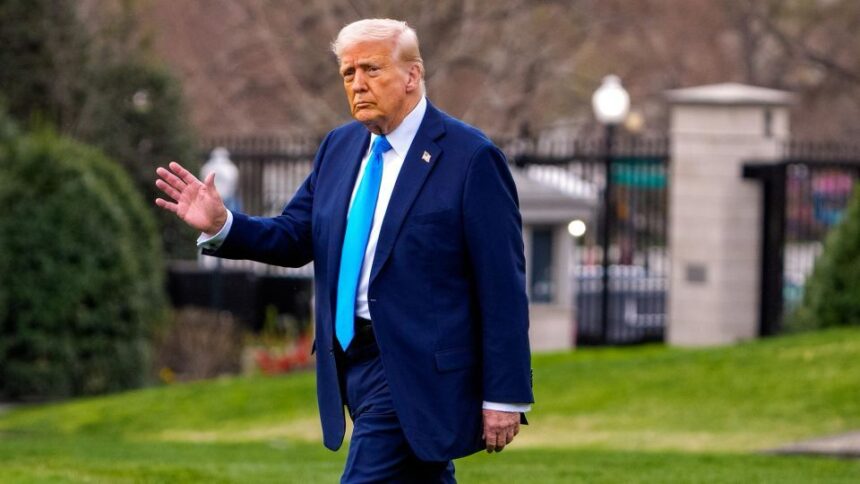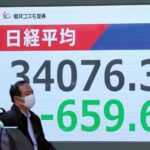President Donald Trump is set to Show a comprehensive tariff plan on April 2, a day he has called “Liberation Day,” aiming to address what he perceives as unfair trade practices by U.S. trading partners.
The specifics of the tariff plan remain uncertain, with discussions within the administration suggesting various approaches. Initially, officials considered targeting 10 to 15 countries with significant trade surpluses or high tariffs on U.S. goods.
However, President Trump has indicated a preference for applying tariffs universally, stating, “I don’t know who told you 10 or 15,” and emphasizing his intent to impose tariffs on “all countries.”
The proposed tariffs are expected to include a 25% levy on auto imports and may extend to other sectors such as lumber, copper, pharmaceuticals, and microchips. These measures are intended to incentivize foreign companies to manufacture products domestically and address trade imbalances.
White House Press Secretary Karoline Leavitt stated that the tariffs aim to “roll back the unfair trade practices that have been ripping off our country for decades,” emphasizing the administration’s commitment to the American worker.
Economists have expressed concern over the potential economic impact of these tariffs, warning of increased consumer prices, retaliatory measures from trading partners, and negative effects on consumer sentiment and stock markets. Recent market fluctuations reflect investor uncertainty, with the S&P 500 and Nasdaq experiencing significant quarterly declines.
International reactions have been mixed. In the United Kingdom, Prime Minister Keir Starmer has decided against imposing retaliatory tariffs on American goods, despite potential impacts on UK exporters, particularly in the automotive and pharmaceutical sectors. The UK government continues to seek a trade deal with the U.S. to mitigate these effects.
As “Liberation Day” approaches, both supporters and critics of the administration await further details on the tariff plan. The announcement is expected to have significant implications for international trade relations and the global economy.







